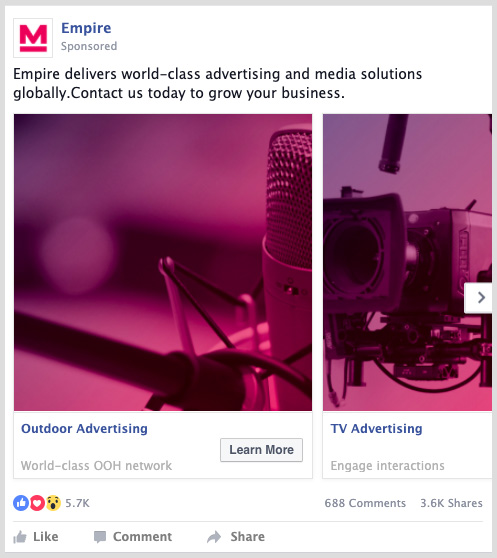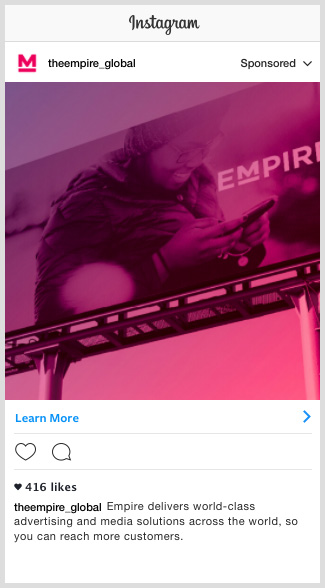Programmatic advertising is the automatic process of buying and selling ad display inventory. Ad inventory being the online space available for ads. The beauty of programmatic advertising is that the supply side platform (which is where this inventory is controlled) will ensure your ads show up in front of a consumer who is actively interested in your products or services based on their personal data, on the website that they happen to be browsing. This means your ad is showing up at the right moment, in front of the right person and with little to no wasted views .
Once an ad is bought with programmatic advertising the algorithms will automatically assess the user analytics, based on the following criteria:
- Behaviour
Mobile, Desktop
- Engagement level
Click- throughs
- Location
Where the consumers are when they see the ad
- Time per visit
How long they stayed
This kind of information helps the system to determine which ads are relevant to a targeted particular user. The overall aim of a display advert, is for the user to click it and go through to the desired landing page.
An example would be, a user is reading an article online about fitness clothing. The programmatic system evaluates the user and displays an ad related to fitness clothing websites, fitness gear shops etc.
By targeting the ad to specific users, this type of online advertising increases the success of an ad campaign. Gone are the days of having to manually type in who you want to see your ad. The system that programmatic advertising uses automatically targets the right audience. The audience is selected via metrics that are received through algorithms.
Programmatic native advertising formats
Native programmatic advertising is a method of placement that allows advertisers to make native ads even more relevant.
Native advertising placements are when display ads are sitting within content. They look like part of the article itself. Native ads are enthralling, and that is why they often have a higher click through rate.
Programmatic video advertising
Programmatic video advertising uses algorithms to deliver video ads in existing video content. There are two main types of video ads:
- Instream video ads
They are delivered before or during video content. 15-30 second duration and have a skip ad option.
- Outstream video ads
These are videos that are positioned inside article content.
Why use programmatic advertising?
Programmatic is a highly effective method for increasing your impressions. The technology behind programmatic advertising is able to break down granular information for your data analysis. Programmatic is able to integrate into gaming apps which are becoming much more popular to certain audience pools.














